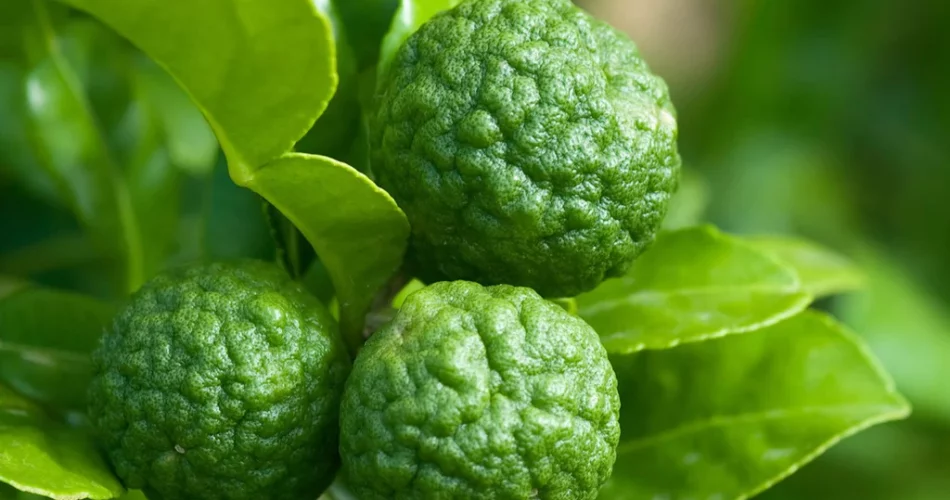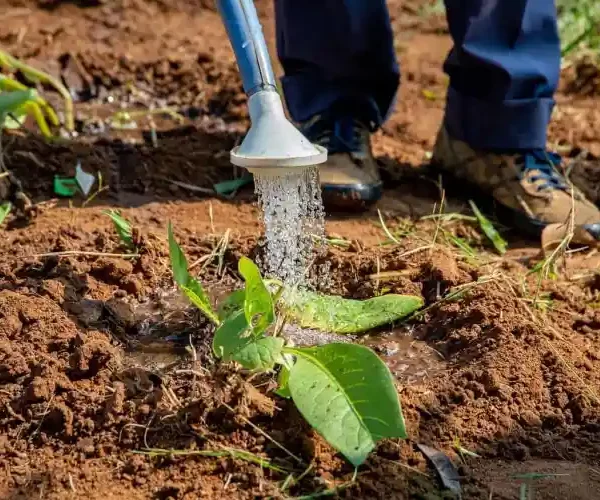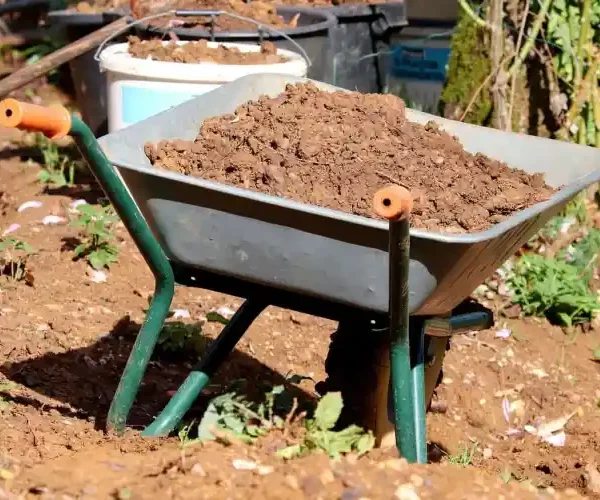Introduction
Kaffir limes, also known as Makrut limes (Citrus hystrix), are prized for their aromatic leaves and distinctive double-lobed fruits. This expert guide provides comprehensive insights into the cultivation of Kaffir limes, covering essential aspects from planting to care and harvesting.
Understanding Kaffir Limes
Overview of Kaffir Limes
Kaffir limes are citrus trees native to Southeast Asia. Known for their fragrant leaves, essential oils, and unique fruits, these trees are favored in culinary applications for their intense citrus flavor.
Planting Kaffir Limes
Selecting the Right Location
Choose a sunny location with well-draining soil for planting Kaffir lime trees. Consult local horticultural bodies for climate-appropriate varieties and recommendations.
Planting Process
Dig a hole slightly larger than the root ball, ensuring the graft union remains above the soil level. Backfill with soil, and water thoroughly. Mulching around the base helps retain moisture.
Nurturing Kaffir Lime Trees
Watering
Maintain consistent soil moisture, allowing the top inch to dry out between waterings. Adjust watering frequency based on climate conditions, aiming for well-hydrated but not waterlogged soil.
Fertilization
Use a balanced citrus fertilizer, following package instructions. Apply during the growing season, typically spring through early fall. Consult government agricultural guidelines for specific nutrient recommendations.
Pruning
Prune Kaffir lime trees to shape, remove dead or diseased branches, and enhance air circulation. Be cautious not to over-prune, as these trees tend to be more naturally bushy.
Protecting Against Pests and Diseases
Common Pests
Monitor for pests like aphids, mites, and scale insects. Utilize natural predators or insecticidal soaps, adhering to integrated pest management practices recommended by agricultural authorities.
Disease Prevention
Prevent fungal diseases by ensuring proper air circulation and avoiding overwatering. Consult local horticultural bodies for guidance on disease-resistant Kaffir lime varieties.
Harvesting Kaffir Limes
Harvesting Fruits
Harvest Kaffir limes when they reach full size and develop a vibrant green color. The aromatic leaves can be harvested at any time for culinary use.
Post-Harvest Care
Store harvested Kaffir limes in a cool, dry place. Prune the tree regularly to encourage new growth and enhance overall fruit production.
References
Enhance your knowledge of Kaffir lime cultivation by consulting reputable sources:
- United States Department of Agriculture (USDA)
- International Society for Horticultural Science (ISHS)
- [Research articles by citrus cultivation experts](insert relevant links)
When is the best time to plant Kaffir lime trees?
Plant Kaffir lime trees during the spring or early summer to allow them to establish strong roots before winter.
What type of soil is suitable for Kaffir lime cultivation?
Opt for well-draining, slightly acidic soil enriched with organic matter. Ensure good drainage to prevent waterlogged conditions.
How much sunlight do Kaffir lime trees need?
Kaffir lime trees thrive in full sunlight. Aim for at least 6-8 hours of direct sunlight per day for optimal growth and fruit production.
Do Kaffir lime trees require special care during the winter months?
Protect Kaffir lime trees from frost by providing a shelter or moving potted trees indoors during cold weather. Mulching around the base can also help insulate the roots.
How often should I water my Kaffir lime tree?
Water consistently, allowing the top inch of soil to dry out between waterings. Adjust watering frequency based on climate conditions and the tree’s stage of growth.
Can Kaffir lime trees be grown in containers?
Yes, Kaffir lime trees can be grown in containers, making them suitable for patio or balcony gardening. Ensure the container has drainage holes and use a well-draining potting mix.
What type of fertilizer should be used for Kaffir lime trees?
Use a balanced citrus fertilizer, applying it during the growing season (spring through early fall). Follow the package instructions for proper application rates.
How do I propagate Kaffir lime trees?
Kaffir lime trees are commonly propagated from seeds or cuttings. Seeds should be planted in a well-draining medium, and cuttings can be rooted in a suitable propagation mix.
Are there specific pests that affect Kaffir lime trees?
Watch for common citrus pests such as aphids, mites, and scale insects. Employ natural predators or use insecticidal soaps, following integrated pest management practices.
When is the best time to harvest Kaffir limes?
Harvest Kaffir limes when they reach full size and exhibit a vibrant green color. The aromatic leaves can be harvested at any time for culinary use, contributing a distinct citrus flavor to dishes.
- Best THC Sodas to Buy in Arkansas - May 28, 2025
- Exploring THC-Infused Sodas in Arkansas - May 28, 2025
- THC Beverages Now Trending in Alabama - May 28, 2025




